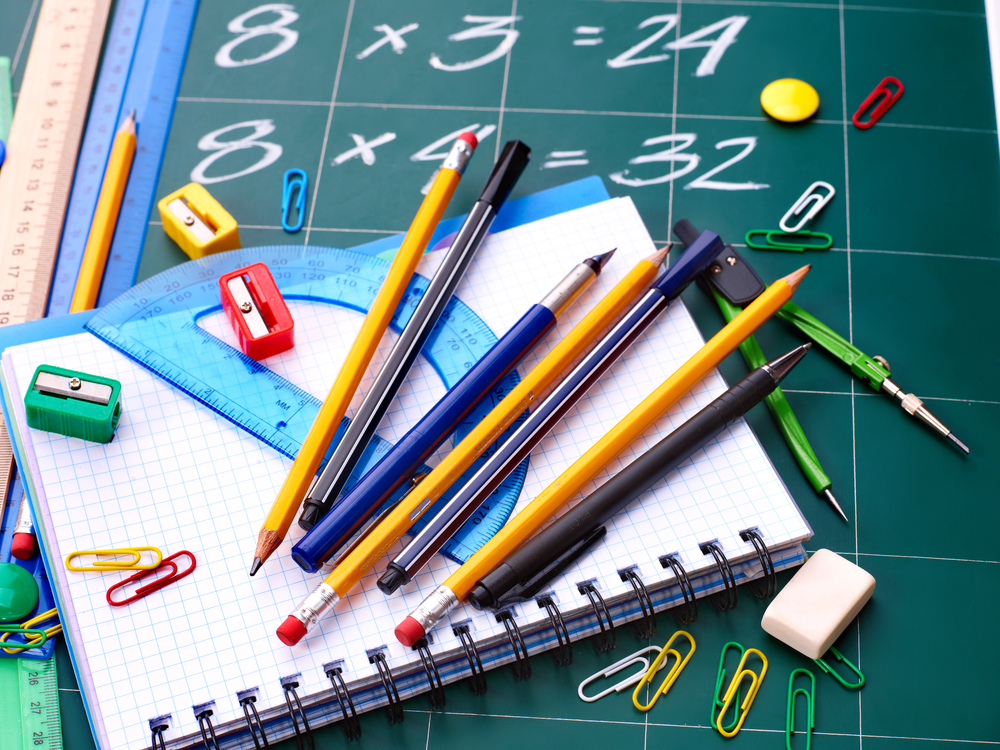Strategic thinking development Worksheets for Ages 6-9
10 filtered results
-
From - To
Unlock your child's potential with our "Strategic Thinking Development Worksheets" designed specifically for ages 6-9. These engaging and interactive resources are crafted to enhance critical thinking and problem-solving skills through fun and educational activities. Ideal for home or classroom use, our worksheets encourage children to approach challenges creatively while fostering decision-making abilities. Each worksheet promotes logical reasoning, cognitive flexibility, and planning skills, making learning enjoyable and impactful. Whether your child is working independently or collaborating with peers, our strategic thinking activities will help them build a strong foundation for future learning. Explore our collection and watch your child thrive!


Chess Pieces Quest Worksheet


Notation of Moves Writing it Down Worksheet


How Rooks Capture Worksheet


How Queen Captures Worksheet


Short Notation of Moves Worksheet


One Move Checkmates: Puzzle 2 Worksheet


Chess Manners Worksheet


Moves Notation Bingo Worksheet


Castling No - no's: Part 2 Worksheet


How Bishops Move Worksheet
Strategic thinking development in children aged 6-9 is crucial for several reasons. During these formative years, children are learning not just foundational academic skills, but also essential cognitive and social-emotional skills. Strategic thinking enables them to analyze situations, anticipate outcomes, and plan their actions accordingly, leading to improved problem-solving capabilities.
Engaging in strategic thinking fosters decision-making skills and encourages children to consider multiple perspectives before reaching a conclusion. This is invaluable in interpersonal interactions, helping kids learn empathy and conflict resolution. Moreover, strategic thinking enhances academic performance—as children learn to approach tasks methodically, they become more organized and efficient learners.
Furthermore, in a rapidly evolving world filled with complex challenges, nurturing strategic thinking equips children to adapt better to future uncertainties. By fostering these skills at a young age, parents and teachers help develop resilient individuals who can navigate life’s challenges with confidence. Encouraging activities, such as games, puzzles, and collaborative projects, can stimulate strategic thought, making learning engaging and effective. Thus, prioritizing strategic thinking not only enriches children’s educational experiences but also lays a strong foundation for lifelong success and adaptability in an ever-changing environment.
 Assign to My Students
Assign to My Students







.jpg)












